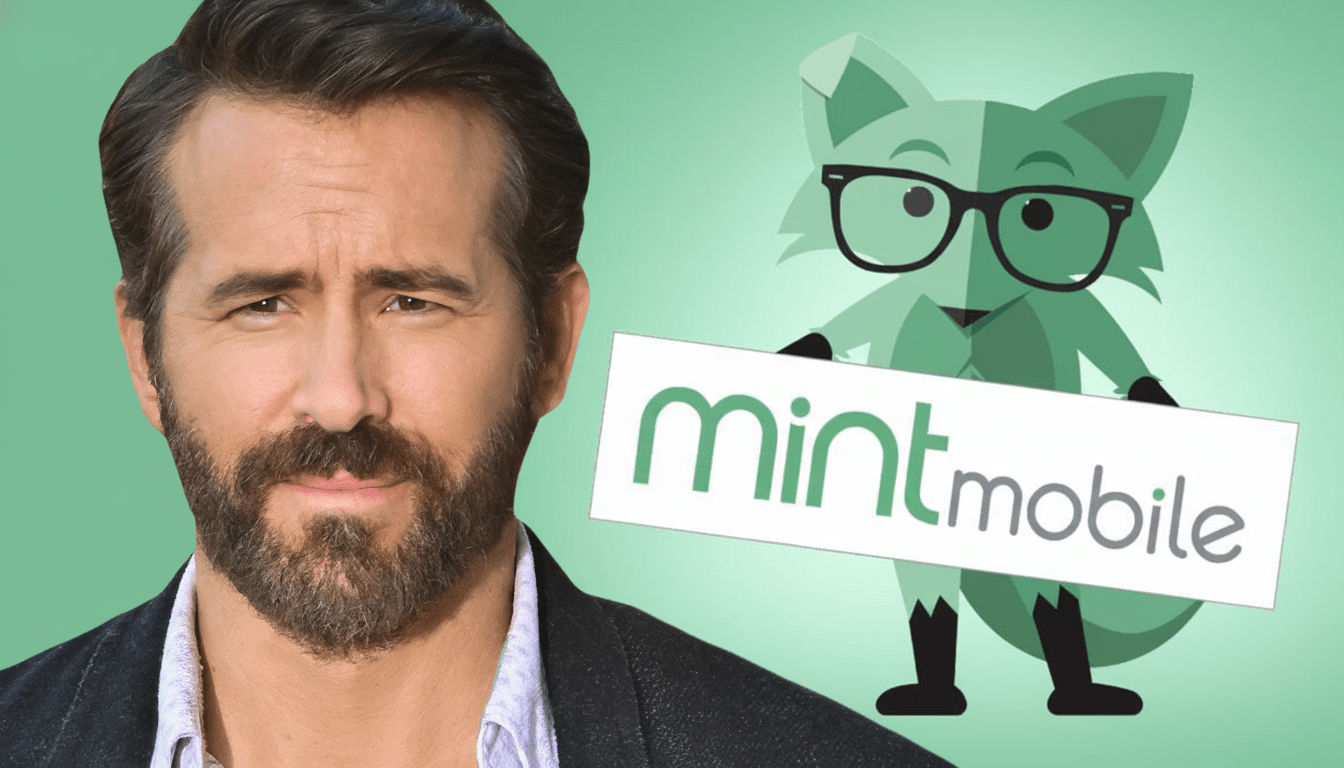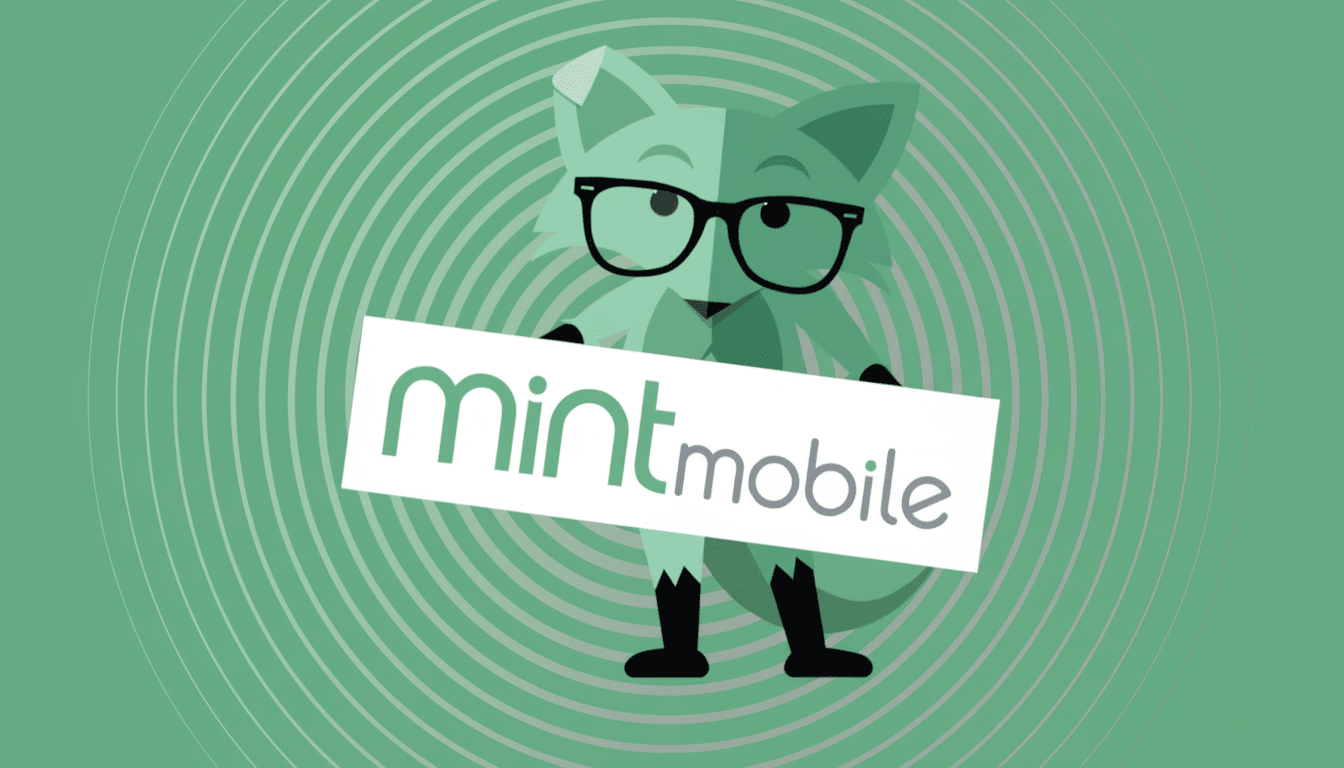The YouTube powerhouse known for superrich stunts and giveaways “is planning to announce this month that he is creating a company that will be an MNVO, or a mobile virtual network operator,” according to Business Insider, which said it got a look at a leaked investor deck. The plan, described in the report, is aimed for a rollout next year, and joins exploratory efforts in fintech and mobile gaming.
Instead of building their own network from the ground up, the effort would lease space from a large carrier such as AT&T, T-Mobile or Verizon. That mobile virtual network operator strategy focuses the business on pricing, packaging, brand, and customer experience and takes advantage of existing nationwide coverage.

What a play for an MVNO means
MVNOs purchase wholesale access to voice, text and data, and then sell it under their own brand. The path has been tested: Mint Mobile, backed by Ryan Reynolds, scaled via aggressive pricing and marketing and was acquired by T-Mobile in a deal valued at about $1.35 billion, the carrier said. Success boils down to customer acquisition cost, managing churn and the ability to differentiate from “cheap data.”
The point of differentiation for a creator-led brand may be community and benefits: access to exclusive content, tie-ins to live events, whatever else it is that helps string the line of customers to the back of the block. How to start a plan A benefit of building a startup that leverages technology to build a service rather than a physical product is that you can begin at breakneck pace, helped by the streamlined nature of eSIM as a standard feature on the newest flagship phones (assisted in the U.S. by Apple’s introduction, via Sprint’s network, of eSIM-only iPhone models), onboarding can be near instantaneous, eliminating friction at sign-up, something that’s especially valuable for viral product launches.
Why MrBeast could achieve early traction
MrBeast has one of the internet’s largest audiences, including hundreds of millions of subscribers on YouTube and routinely nine-figure view counts. And with that reach, he has surprisingly low-cost distribution for a consumer service and a credible shot of converting a slice of fans into paying subscribers — especially if plans come bundled with experiential benefits aligned with his philanthropic, challenge-driven brand.
He has proved adept at spinning media interest into retail demand, too. Last year, Feastables, his snack brand, brought in some $250 million in sales and more than $20 million in profit, according to Bloomberg. Menawhile, translating that playbook to telecom requires more than an understanding: It must offer reliable support, clear pricing, and daily use that ensures churn doesn’t get out of hand.
Risks and operational hurdles
MVNO economics can be tight. Marginal issues like wholesale rates, data habits and promo spend set margin, and analysts have long pointed out that customer churn will eat you alive if you’re adding subs faster than you can keep them around. Porting numbers, device compatibility and financing options also count — particularly for users who rely on installment plans or trade-in credits the big carriers frequently employ.

And then there is the compliance and infrastructure backbone: 911/E911 and lawful intercept obligations, fraud prevention, and white-glove customer service. Those are table stakes for any operator, and could even pose a challenge to newcomers. Industry analysts like MoffettNathanson often argue that wireless MVNOs have to balance growth targets with the harsher realties of network priority deals and peak-time performance.
How it aligns with his business portfolio
The shift to wireless seems to be part of an effort to diversify away from media that relies heavily on advertising. While his consumer products make meaningful profit, the rest of his media operation — including large-scale video productions and a streaming competition series — has been running at a sizable loss, Bloomberg has reported. A subscription-like utility could bring more steady cash flow, and more predictable unit economics than ad-driven content.
His team has ventured beyond Feastables into other categories like toys and other consumer products. A phone brand could serve as connective tissue across those lines, offering cross-promotions or member benefits that enhance lifetime value — limited-edition merchandise drops, partner discounts, or charitable initiatives linked to a monthly plan.
What to watch next
Another question is what kind of host network is selected, if this offer is eSIM-first or a device offering, and how prices compares (undercuts) and contrasts with prepaid competition. Business Insider’s reporting indicates a launch time frame next year; any teaser campaigns on MrBeast’s channels would be a strong indication the go-to-market is right around the corner.
If the company follows the Mint Mobile playbook — an overachieving lean marketing team, aggressive digital on boarding, with a clear value hook — it could gain share very quickly. The question remains whether the venture can maintain momentum once the early, creator-fueled spike fades, and provide a level of quality and support that makes viewers want to stick around as long-term subscribers.
MrBeast’s representatives have not publicly disclosed pricing, partners or launch details. But the marriage between a colossal built-in audience and a scaleable MVNO arrangement means this may be the most closely watched creator-to-telecom bet yet.

